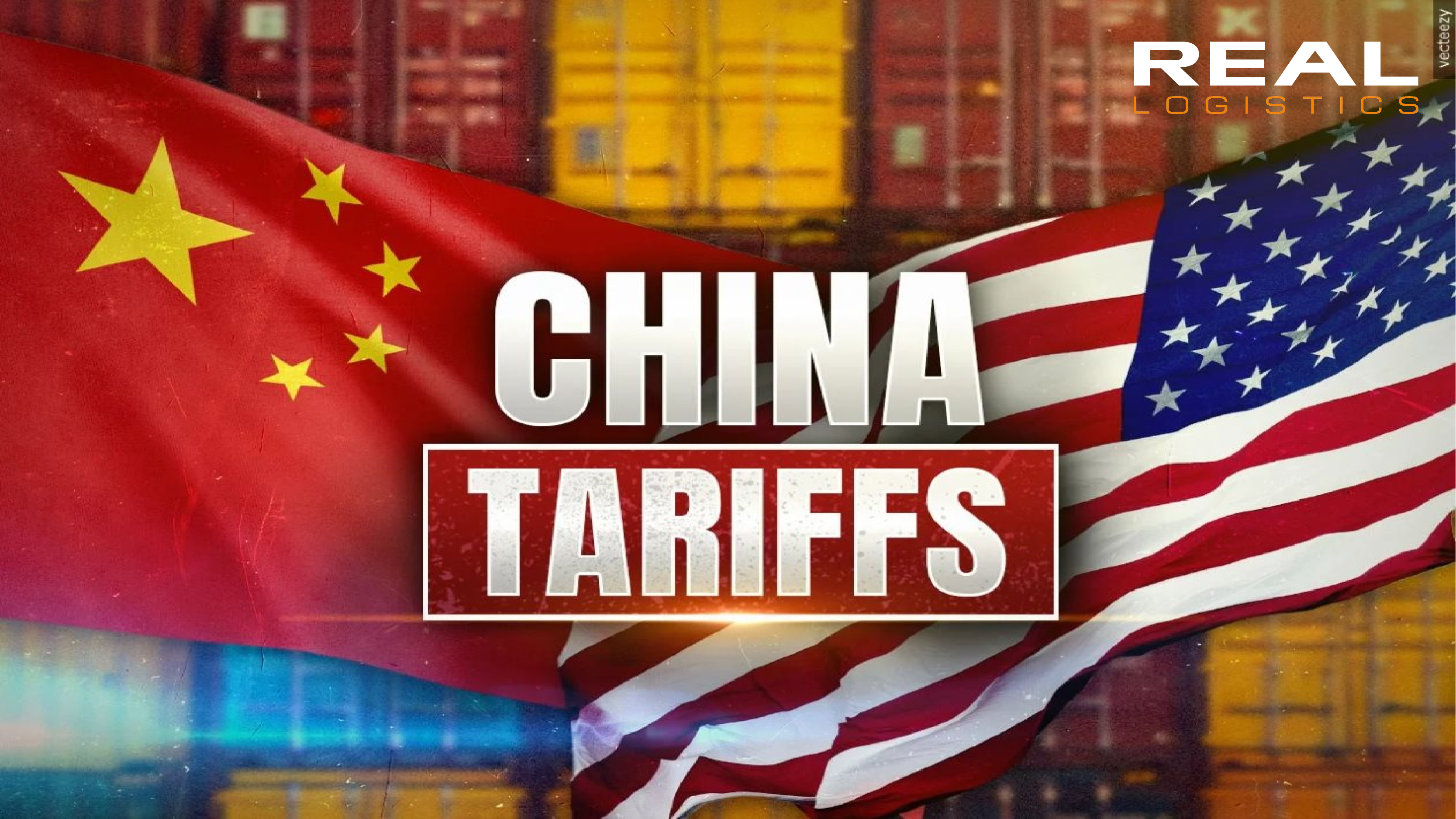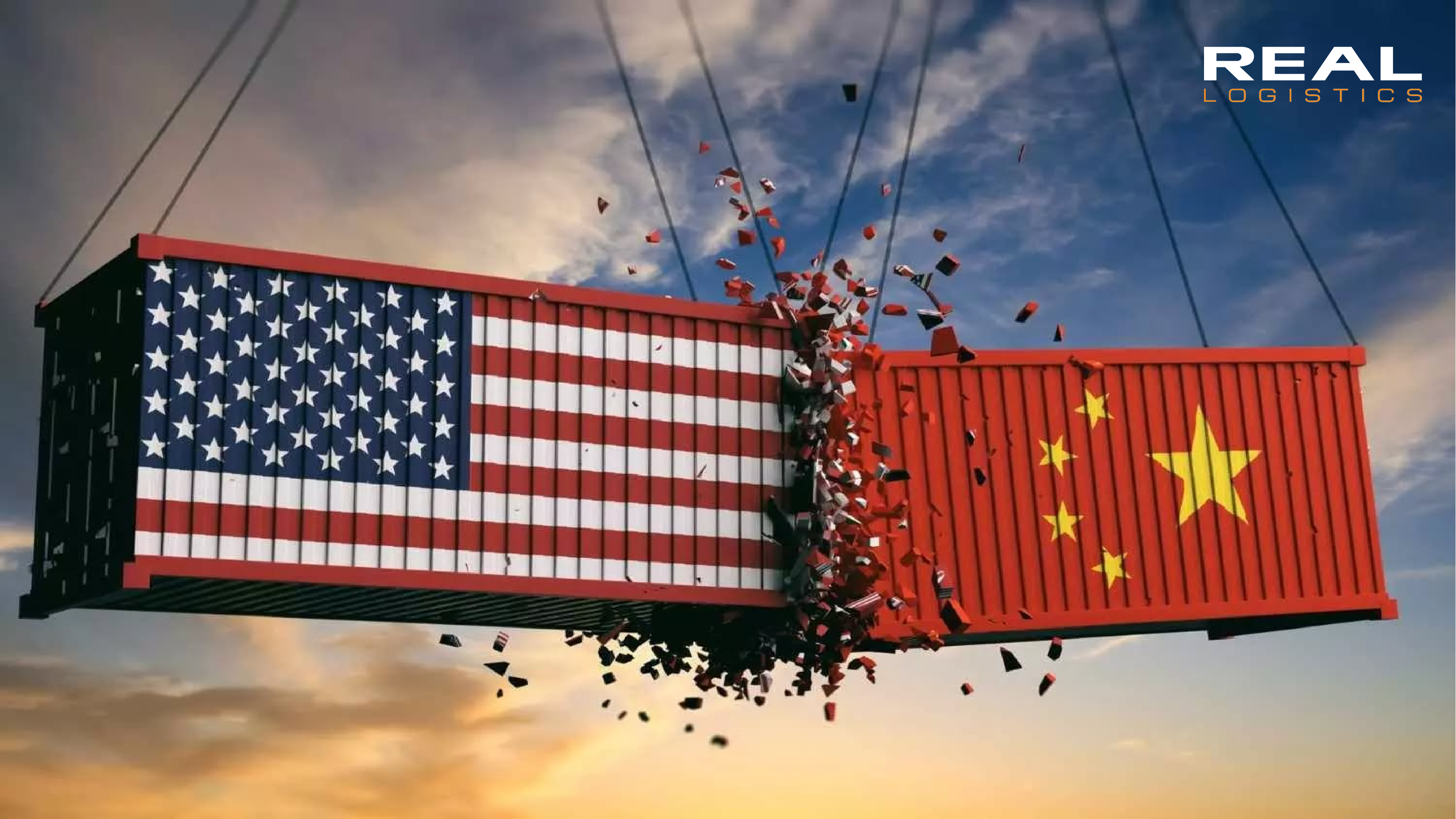U.S. Imposes 145% Tariff on Chinese Imports - White House Confirms
The United States has officially confirmed that import tariffs on Chinese goods have surged to 145%, far exceeding the initial 125% figure. This escalation is part of the intensifying trade tensions between the world's two largest economies, with far-reaching effects on global supply chains and international logistics operations.
1. Details of the New Tariff Structure on Chinese Goods
According to White House sources cited by CNBC, the import tariff on Chinese goods has been raised from 84% to 125% under the latest executive order signed by President Donald Trump. Furthermore, an additional 20% tariff previously imposed in connection with fentanyl - a highly addictive opioid — has been incorporated, bringing the total tariff to 145%.
This sharp increase means that businesses importing goods from China now face skyrocketing costs, directly impacting product pricing and placing immense pressure on global supply chains. Logistics providers, freight forwarders, and importers must prepare for delays, cost inflation, and potential rerouting of shipments to mitigate risks.

2. The U.S. Tariff Policy: China Remains the Key Exception
On April 2, President Trump announced a sweeping new tariff policy affecting over 180 countries and territories, aimed at addressing the U.S. trade deficit. While most countries were subjected to a base tariff of 10% effective from April 5, goods from dozens of other nations faced counter-tariffs ranging from 11% to 50%, effective from April 9.
However, in a sudden policy shift, Trump postponed the implementation of these counter-tariffs for 90 days, standardizing the rate at 10% — with the notable exception of China. This move underscores the strategic focus on Chinese trade relations, reinforcing China’s unique position in the ongoing tariff escalation.
3. Impacts on Logistics and Import-Export Businesses
The tariff hike to 145% significantly disrupts trade flows and challenges existing logistics frameworks. Importers dealing with Chinese suppliers will encounter increased landed costs, forcing a reevaluation of supply chain strategies. Freight forwarders and customs brokers must navigate complex compliance requirements while advising clients on cost-effective alternatives.
For logistics providers, diversification becomes crucial. Businesses should explore sourcing from alternative markets, leverage free trade agreements where possible, and optimize multimodal transport solutions to minimize exposure to rising tariffs.

4. Conclusion
The U.S. decision to impose a 145% tariff on Chinese imports marks a pivotal moment in global trade dynamics. For businesses operating in logistics and international trade, proactive planning and agile supply chain management are essential to navigate the challenges ahead. Stay informed and consult logistics experts to ensure your operations remain resilient in an evolving trade landscape.
—————————————
Real Logistics Co.,Ltd
👉 Facebook: Real Logistics Co.,Ltd
☎️ Hotline: 028.3636.3888 | 0936.386.352
📩 Email: info@reallogistics.vn | han@reallogistics.vn
🏡 Address: 39 - 41 B4, An Loi Dong, Thu Duc, HCM City
51 Quan Nhan, Nhan Chinh, Thanh Xuan, Ha Noi City

